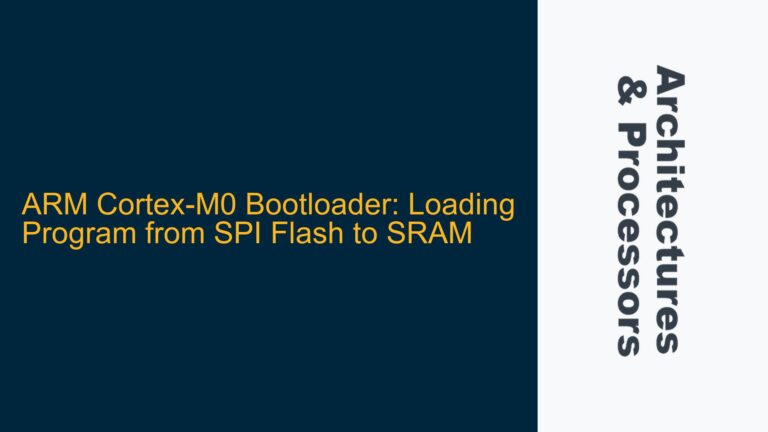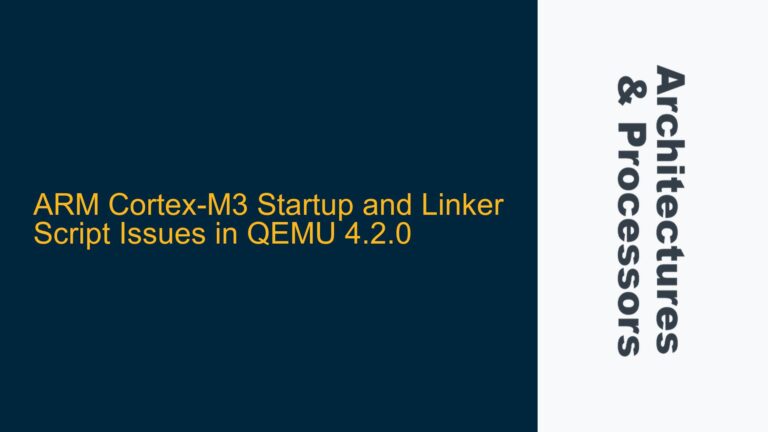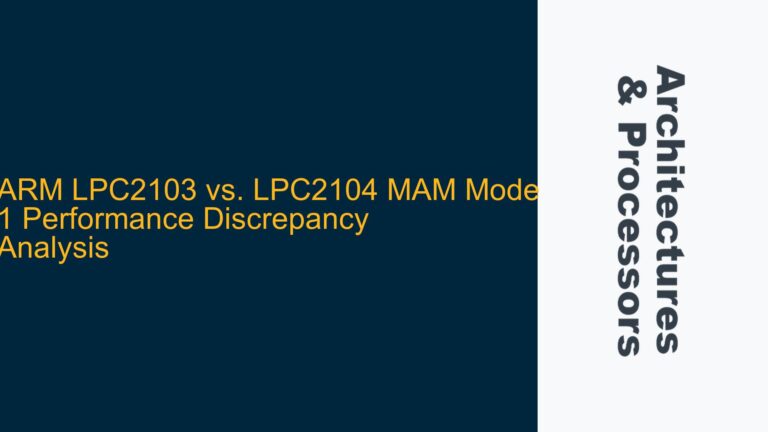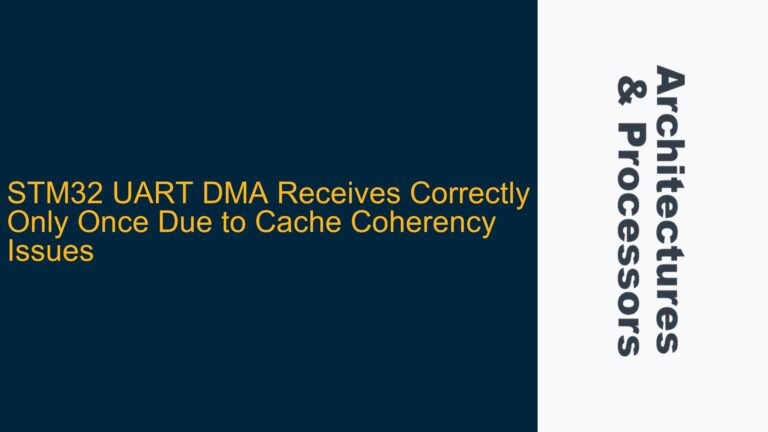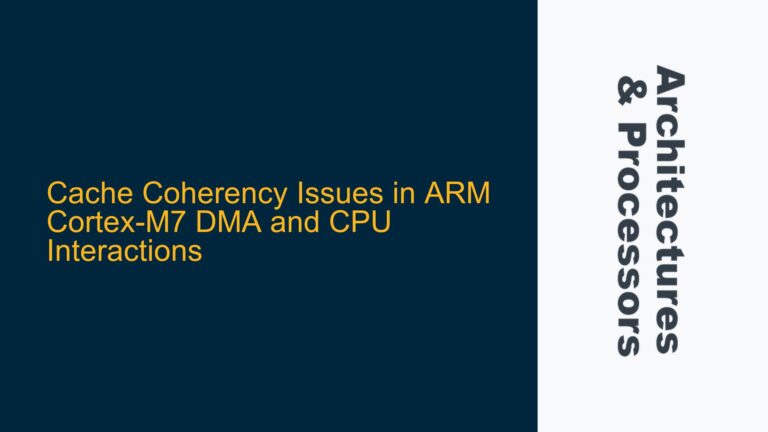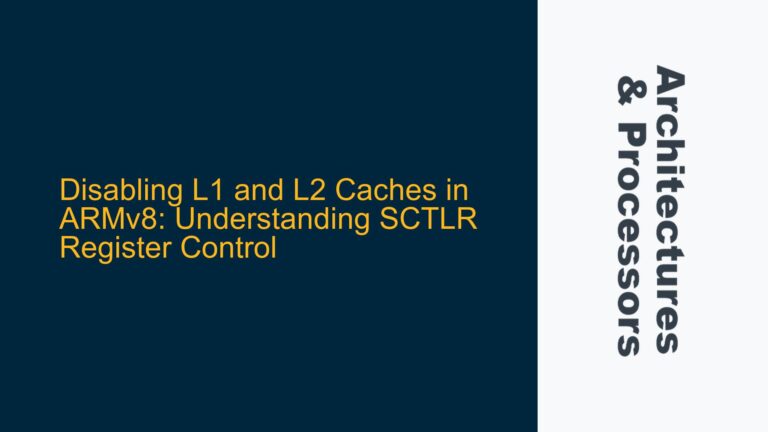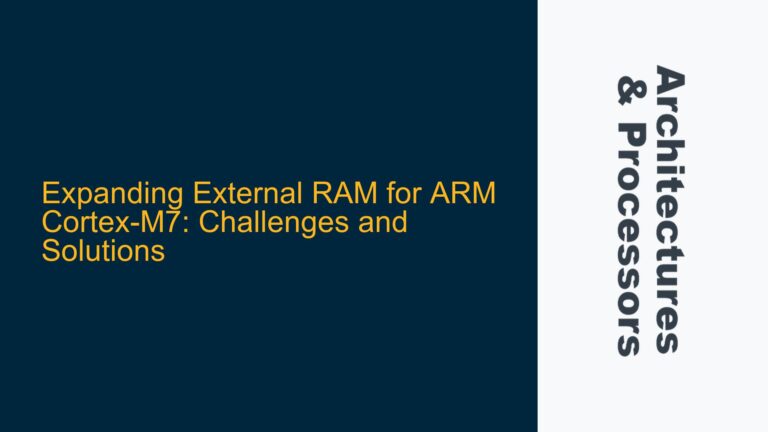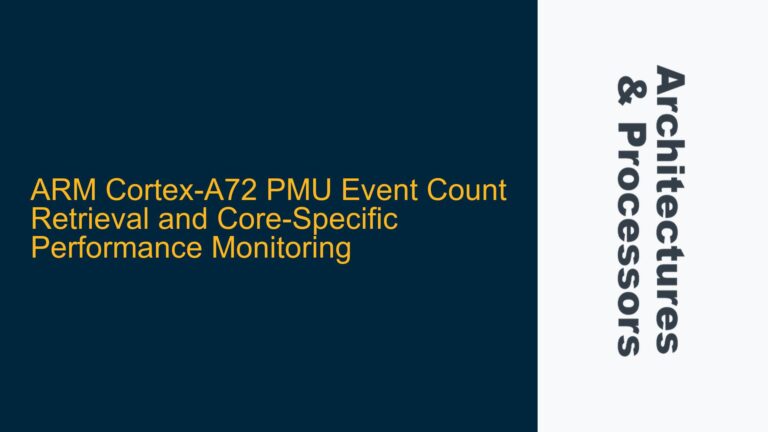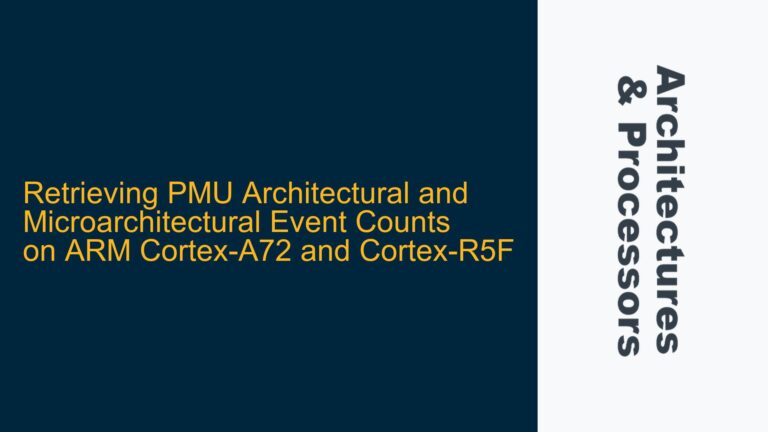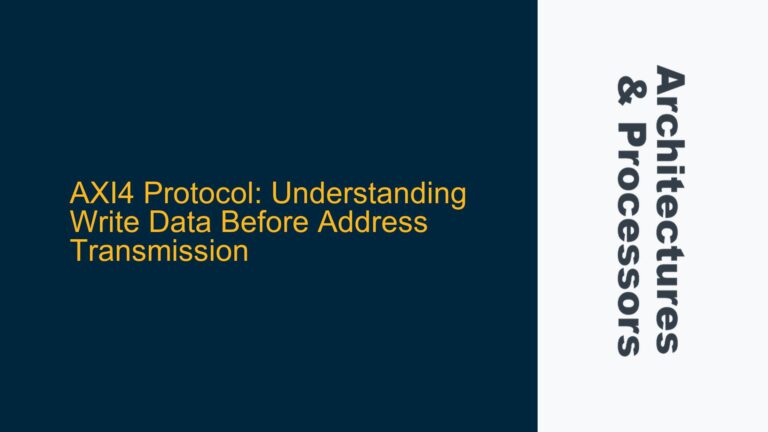ARM Cortex-M0 Bootloader: Loading Program from SPI Flash to SRAM
ARM Cortex-M0 Bootloader Challenges with SPI Flash and SRAM Mapping The ARM Cortex-M0 is a popular choice for low-power, cost-sensitive embedded systems due to its simplicity and efficiency. However, its minimalistic architecture can present challenges when implementing advanced features such as bootloading from external SPI Flash memory. One such challenge arises when attempting to load…
